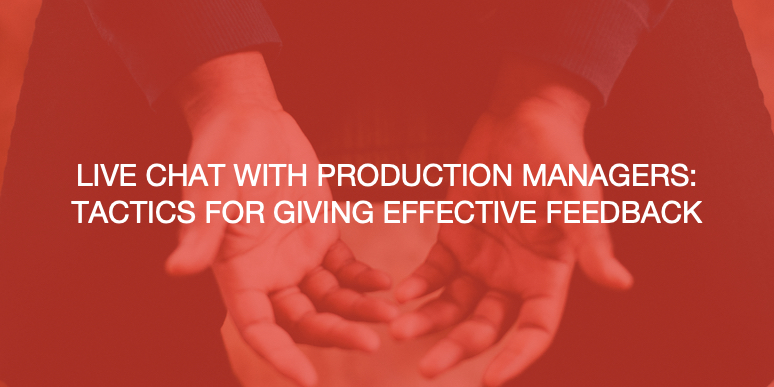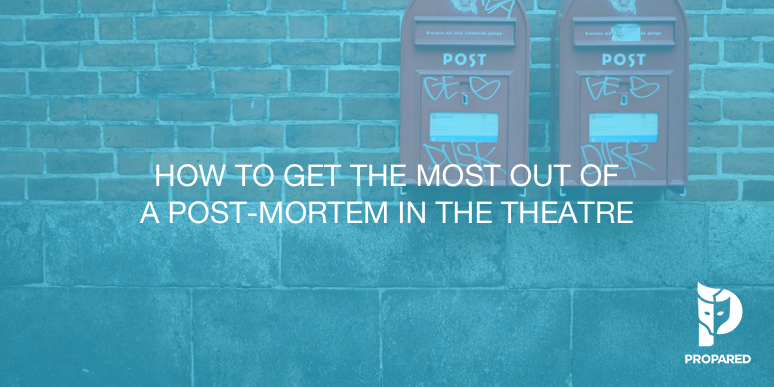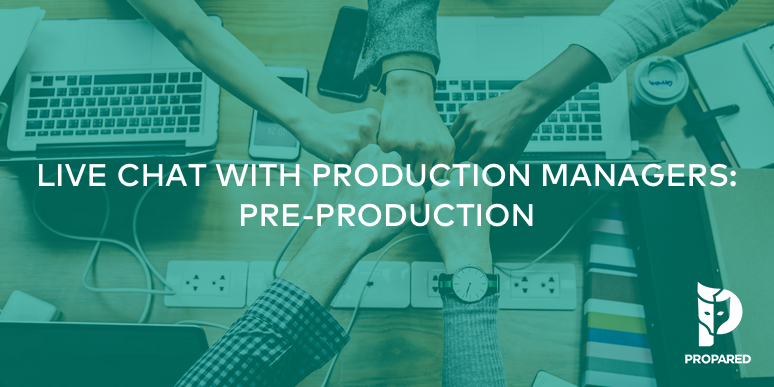
Does this situation sound familiar? You’ve got an event coming up and it’s time to put on your creative hat. But as soon as you sit down to brainstorm, you blank. It’s like trying to be funny, right after someone tells you, “Hey, just be funny.”
Being creative can sometimes feel like a chore. And the harder you push to find a spark, the further away it seems. The best creative minds understand that you can’t just wait for inspiration to strike. You need to develop habits that encourage you to generate fresh ideas even when you aren’t feeling it. Dedication is what you need. And a plan. Here are 5 powerful techniques pulled from some of the top creative folk working today.
1. Set Goals and Rules for Creative Sessions
A question that a lot of people struggle with in creative brainstorming: “How do I structure my sessions so that they are productive?” Before you can begin fleshing out your ideas, you need to know your stopping point. Otherwise, you can just spin until your ideas begin to jumble and lose their immediacy and context.
There’s no creativity without boundaries,” says SNL creator/exec. producer Lorne Michaels. Musician Jack White agrees, saying, “Deadlines make you creative.”
Before you embark on your next brainstorming session, clearly set some goals and boundaries.
-
How long will the session be?
-
Who will be there?
-
How should it run?
-
Who’s in charge?
-
Who’s taking notes?
-
Is there anything that is off limits or outside the scope of this meeting?
Let go of the need to get it all out in one session. You’ll likely need to meet again, either to flesh out existing ideas or generate new ones. Don’t feel pressured to accomplish everything at once.
2. Do Work and a Lot of It
Good creative work owes a lot of debt to BAD creative work. Even the most creative, interesting, and thoughtful people working today have produced less-than-stellar results. The difference is, they learn from those missteps and keep moving forward.
Ira Glass is one of those people. As host and producer of the wildly popular “This American Life,” he has spent more than 20 years at the forefront of immersive, engaging storytelling. He believes that every talented creative person goes through a period in which the work does not meet his or her own expectations.
The challenge is to recognize this as a phase. Your goal is to work through it and trust that eventually, the gap between your actual output and your desired output will close. Even if you’re uninspired by your own creative ideas, the fact that you recognize the disconnect means that you’re on the right path. Keep at it.
3. Be On Call for a Creative Idea
Maybe you’ve heard of this tiny musical called “Hamilton?” Creator of the record-breaking show Lin-Manuel Miranda says that a creative idea can spark at any moment. Be ready to receive and run with it while it’s alive and buzzing.
Did you already leave work for the day? Are you sitting down to watch a movie with a friend? It doesn’t matter. Movies and date nights can be rescheduled. Great ideas may not come again or at the very least, not in the same form.
4. Choose People Over Ideas
“If you give a good idea to a mediocre team, they will screw it up; if you give a mediocre idea to a great team, they will either fix it or throw it away and come up with something that works.” So says Ed Catmull, president of Pixar and Disney Animation Studios. And he might know a thing or two about creative success.
Good creative output is the product of many people coming together to dream and then build. It doesn’t stop at ideation. If it did, nothing creative would ever get finished! It is the people you work with – the other event managers and designers – that will take an idea and bring it to life.
So…hire good people! Or if you work freelance, put together a brainstorming team of people you trust, respect, and think have good taste. People that can push you, question you, expand your ideas, and if you’re lucky, contribute some of their own. Speaking of people…
5. Diversify!
What does “hire good people” mean to you? Do you think about your other event planning friends? Do you think about people who make you laugh or champion you? What about critics or naysayers?
According to Beth Comstock, Vice Chair of Business Innovation at GE and co-founder of Hulu, successful creative teams need tension. That tension prevents the formation of “groupthink,” when too many similar perspectives can drive an otherwise talented room of people to embrace a limited scope of ideas.
Event managers are nicely set up for this already! Executing an event requires the expertise of many different stakeholders. Many of whom won’t see an event through the same lens. Imagine the different perspectives available; vendors, A/V pros, designers, marketers, even the client. Don’t be afraid of pushback. Good leaders need to both clearly explain their thinking and welcome creative solutions they might not have considered.
Hopefully, this advice from a few inspiring folks can give you the confidence to boost your own creative ideas. Can’t wait to see what you come up with.
Event managers, how do you keep your creative juices flowing? Let us know in the comments below.



